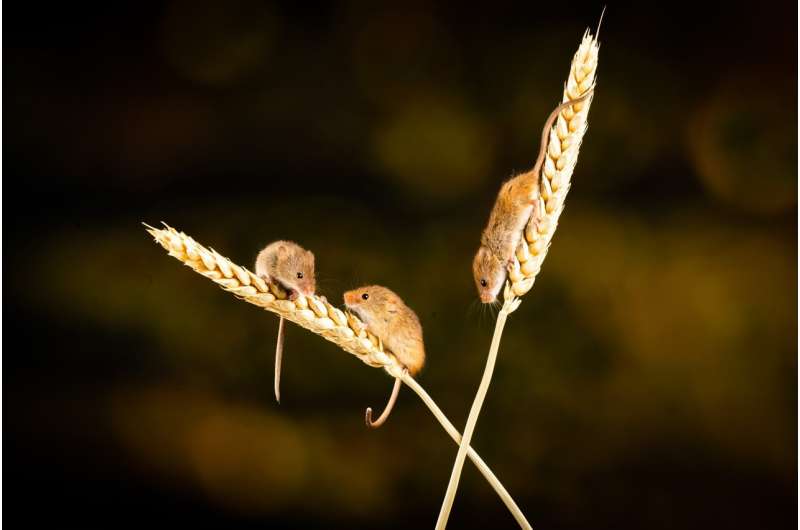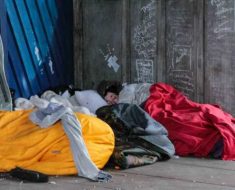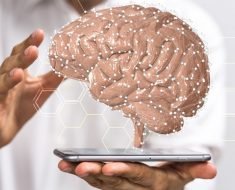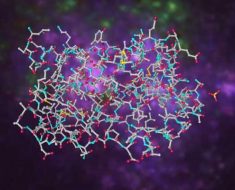
Classical psychological theories suggest that humans and animals consistently employ a single strategy when making decisions. Some models, on the other hand, assume that preferred decision-making strategies can slowly change or evolve over time.
Researchers at Princeton University and other institutes worldwide have recently gathered findings that contradict these hypotheses, showing that mouse and human perceptual decision-making might instead entail the alternation between a series of different strategies. Their paper, published in Nature Neuroscience, could pave the way toward the development of alternative theories and models of decision-making.
“Our paper uses mathematical modeling to characterize the strategies that mice and humans use when making decisions,” Zoe C. Ashwood, one of the researchers who carried out the study, told Medical Xpress. “Our framework directly builds on earlier models of decision-making, particularly the classic psychometric curve described by Wichmann & Hill in 2001, Prins in 2012, and Carandini & Churchland in 2013.”
A psychometric curve is essentially a graph that summarizes the responses of a subject or observer in a sensory task, for instance when presented with stimuli of varying intensities. Ashwood and her colleagues wished to address some of the shortcomings of “classical” psychometric curve models applied to decision-making, through the introduction of a new statistical framework, dubbed GLM-HMM, which also considers temporal dependencies in the employment of decision-making strategies, along with other factors.
In contrast with other existing statistical methods, the researchers’ framework describes the subjects’ behavioral responses as a set of discrete states, providing estimates of when subjects switch from one state to another. Using their framework, the researchers analyzed three existing datasets collected while mice and humans completed perceptual decision-making tasks.
“During these tasks, a visual stimulus was presented to the mice/humans, and they had to make a binary choice,” Ashwood said. “To receive a reward for their choice, they had to adhere to the rules of the task. For example, in the dataset collected by the International Brain Laboratory, the mice had to turn a wheel to the left if the visual stimulus appeared on the left, and vice versa for the right.”
Ultimately, Ashwood and her colleagues hoped that their data analyses would allow them to devise an interpretable model that could be used to predict the choices that mice or humans would make on a on perceptual tasks, on a trial-by-trial basis. Accurately predicting the subjects’ choices might in turn allow them to better understand the strategies that humans and animals employ when making decisions.
“We found that mice switch between engaged and disengaged strategies when performing perceptual decision-making tasks, and that these strategies persist for many trials at a time,” Ashwood explained. “This is a very different description of behavior compared to that provided by the classic psychometric curve.”
Ashwood and her colleagues found that, while completing perceptual decision-making tasks, mice are either in a state of high engagement or in a state of low engagement. While in the former, the mice perform well on the task. The latter states, on the other hand, are associated with biased responses and the repetition of individual decision-making strategies. Interestingly, the animals appear to fluctuate between these engaged and disengaged states, sometimes remaining in one of the states for numerous trials.
This interesting insight could influence studies focused on perceptual decision-making. Moreover, as the researchers’ framework allows researchers to partition task trials by decision-making strategy, it might prove to be an innovative and valuable tool for analyzing neural data.
Ashwood and her colleagues suspect that the activity in the mouse brain is very different during long periods of engagement compared to prolonged disengaged states, and additional studies could explore this hypothesis further. In their future work, the team also plans to explore the possibility that transitions between engaged and disengaged states are statistically predictable.
Source: Read Full Article





